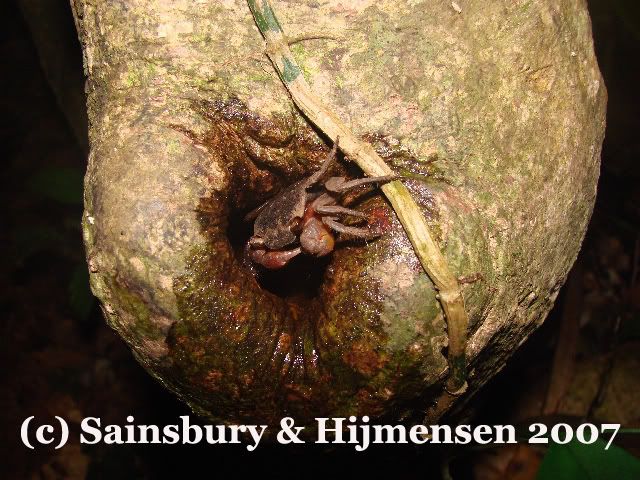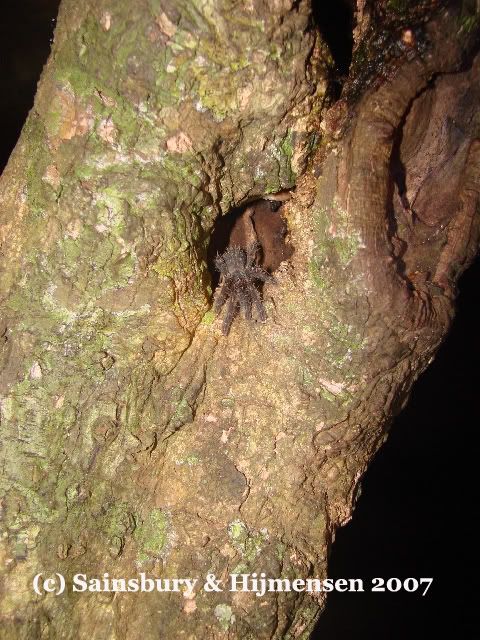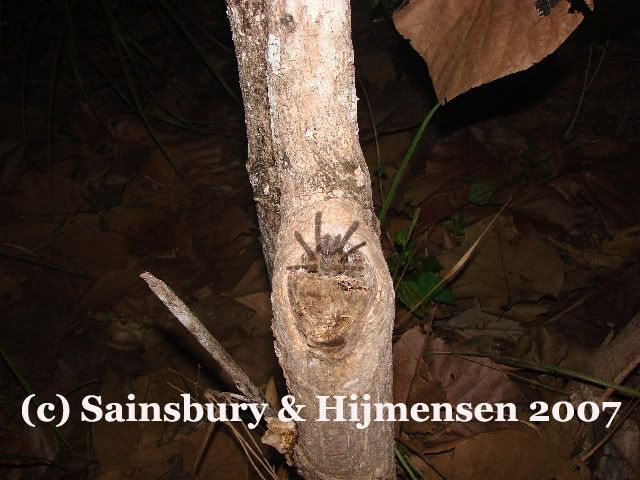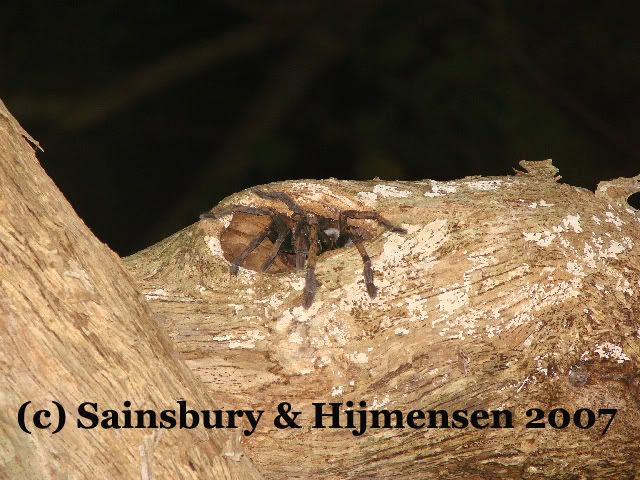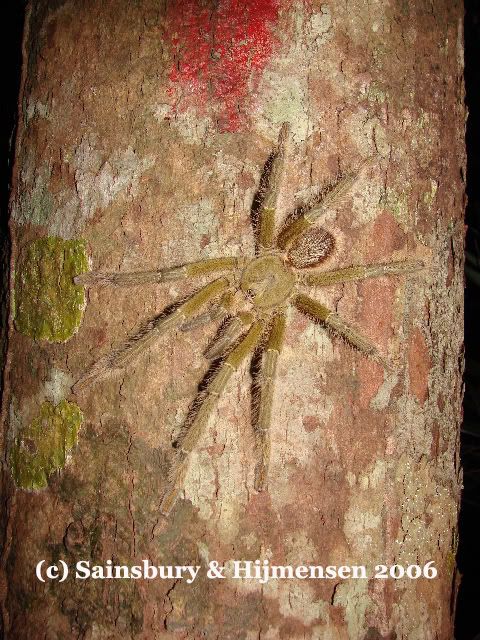- Joined
- Aug 2, 2009
- Messages
- 1,414
Makes me feel kind of bad for not giving her the option to burrow more.  She's basically crammed herself between the corkbark and the wall (after digging out most of the substrate.
She's basically crammed herself between the corkbark and the wall (after digging out most of the substrate.
I've never acctually seen her out and about other than the day i put her in, but I know she moves around because every morning she's some place new and this morning there was substrate in her waterdish, (whic is close to the top of the enclosure, so I assume she's been climbing around at night.
I've never acctually seen her out and about other than the day i put her in, but I know she moves around because every morning she's some place new and this morning there was substrate in her waterdish, (whic is close to the top of the enclosure, so I assume she's been climbing around at night.

